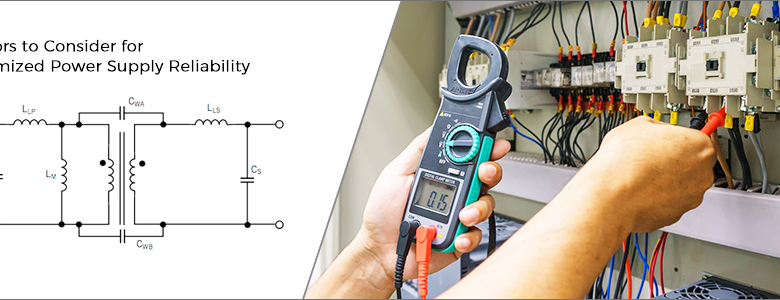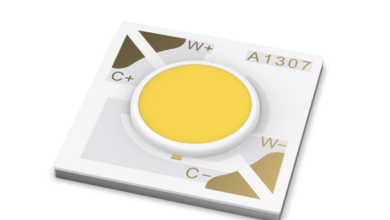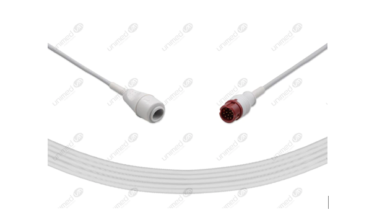Mornsun: All About Solar Tracking Power Supplies

Solar energy is plentiful, free, green, and renewable. Climate warming and rising energy demand need more efficient energy harvesting.
Government subsidies, incentives, and more efficient photovoltaic equipment may boost solar energy adoption. Solar photovoltaic power trackers enable solar panels to follow the sun’s path, increasing solar electricity generation.
Solar trackers are explained below, and Mornsun will also discuss solar panel projects.
A solar tracker travels with the sun. Solar trackers help solar panels follow the sun’s course and create more sustainable energy. Solar trackers are used for ground-mounted solar panels and solar trees.
Solar panel racks frequently include tracking devices. Solar panels move with the sun, and solar trackers move differently depending on the system. Three sun-tracking systems exist:
Manual trackers need someone to change the panels to follow the sun manually. This isn’t always practicable since someone must continually watch the sun and adjust the solar panels.
Solar passive trackers: Passive trackers contain a low-boiling-point liquid that evaporates under sunlight. The tilt mechanism becomes unbalanced as the liquid evaporates. This imbalance tilts the panels toward the sun.
Solar trackers: Motors or hydraulic cylinders move active trackers. Inactive motor trackers propel PV panels toward the sun. This is handier than manual trackers, but the motors may break. This might increase system maintenance expenses.
Solar trackers may be classed by direction. Choose between:
Solar tracker single-axis: Single-axis trackers monitor the sun east-to-west. Utility-scale projects employ these. One-axis solar tracking may boost energy output by 25% to 35%.
Solar tracker dual-axis: This photovoltaic tracker follows the sun east-to-west and north-to-south. Two-axis trackers are prevalent in home and small commercial solar systems with little room to generate adequate electricity. Dual-axis solar tracking may boost energy generation by 40%.
Conclusion
Mornsun PV Series power modules provide an ultra-wide input voltage range of 100-1500VDC and a temperature range of -40°to +70°, allowing control systems to draw power straight from solar panels. The modules’ 4000VAC isolation voltage, overvoltage, short circuit, and reverse connection protections provide circuit stability.





